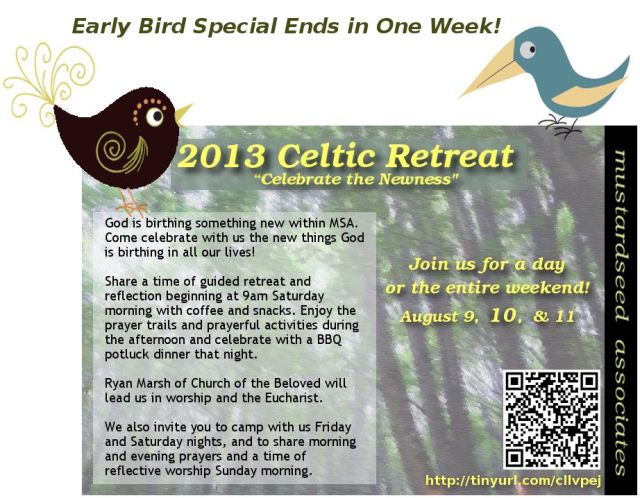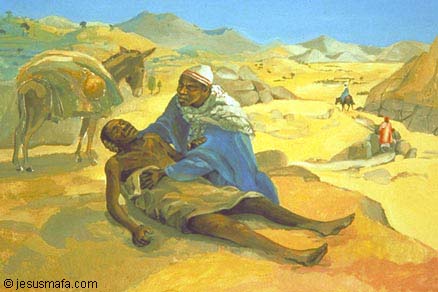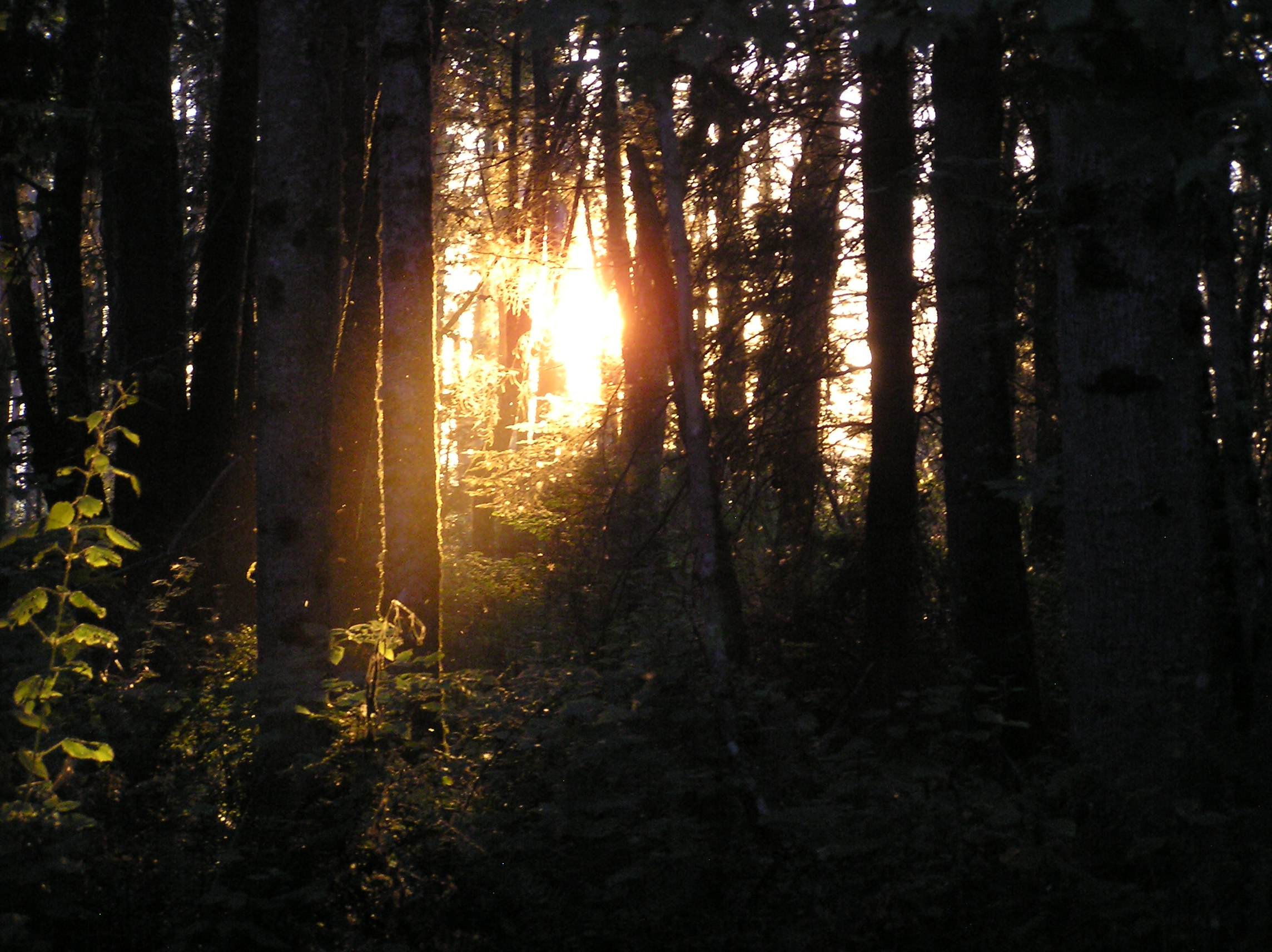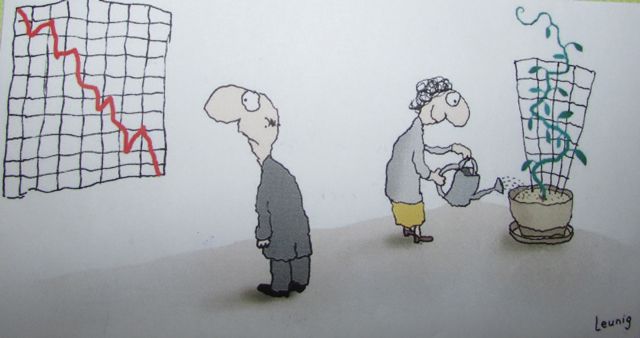In the Anglican church we attended yesterday the gospel portion was Luke 9: 18 – 24 in which Jesus asks the disciples who the crowds think he is and then who they think he is. The crowds see a prophet, the disciples see the Christ of God, the long awaited Messiah.
Sounds great but who exactly is this Messiah? Even Peter and the disciples got it wrong. They expected an earthly king. Someone who looked a little like the Roman generals only better. Jesus’s description that follows was far beyond their comprehension.
And he said, “The Son of Man must suffer many things and be rejected by the elders, the chief priests and the teachers of the law, and he must be killed and on the third day be raised to life.” Then he said to them all: “Whoever wants to be my disciple must deny themselves and take up their cross daily and follow me. (Luke 9:22,23)
The idea of a vulnerable God who willingly exposes himself to suffering, pain and death is hard for all of us to believe. A God with an aching heart who walks amongst the poor, eats with prostitutes, heals lepers, stands with the marginalized, this is the kind of God we still tend to reject. This is the kind of God who is still beyond our comprehension. That Jesus asks us to become like this is often even more incomprehensible.
The closer we walk to Jesus, the closer we move toward the love of God, the more aware we become of the fact that our God is not the arrogant “godlike” character we expect. Out of my meditations yesterday I wrote this prayer:
God you made yourself vulnerable,
Shown us your aching heart,
Open to abuse and contempt,
Willing to be scarred,
Accepting death as a criminal.
This is your love,
This is your faithfulness,
This is you revealed in Jesus Christ.
May we see and give thanks,
Amen.
So my question for today – how do we embrace this God, this vulnerable One with a broken heart and nail scarred hands? And then how do we follow him?
Most of this week’s prayers on Light for the Journey have been borrowed from other inspirational writers. It seemed very appropriate considering the discussion said prayers are dead prayers this week.
A Weekend Reflective Prayer
A Reflective Prayer for this weekend.
You are our shelter, O Lord,
A shield in the battle
A protection from the evil one.
You are our shelter, O Lord,
A haven from the high wave,
a harbour in the storm.
You are our shelter, O Lord,
A cover from the heat,
A guard against the icy blast.
You are our shelter, O Lord,
A light upon our path,
A presence in our darkness.
You are our shelter, O Lord,
A companion in our travels,
There at the journey’s end.
You ARE our shelter, O Lord.
David Adam, ‘A Sure Shelter’.
Posted by The Contemplative network
Glory to God who gives us life,
Glory to God who shows us love,
Glory to God who transforms death into life,
Glory to God who makes all things new.
Christine Sine http://godspace.wordpress/,com
Another beautiful prayer by Micahel Leunig
Dear God,
We pray for another way of being:
another way of knowing.
Across the difficult terrain of our existence
we have attempted to build a highway
and in so doing have lost our footpath.
God lead us to our footpath:
Lead us there where in simplicity
we made move at the speed of natural creatures
and feel the earth’s love beneath our feet.
Lead us there where step-by-step we may feel
the movement of creation in our hearts.
And lead us there where side-by-side
we may feel the embrace of the common soul.
Nothing can be loved at speed.
God lead us to the slow path; to the joyous insights
of the pilgrim; another way of knowing: another way of being.
Amen.
Lord Jesus Christ
Let us see your love,
Let us know your life,
Let us trust your faithfulness.
Hold us close and never let us go.
Amen
Christine Sine https://godspacelight.com/
Your love,
flowing within us,
living water
purifying
in that cleansing flow;
and our worship,
in sweet harmony
echoing
through the air as birdsong
at the dawning of this day.
Stream meets stream
and river flows,
emptying into Ocean’s store.
Your grace,
offering to us
forgiveness,
liberty
from all that binds us;
and our prayers,
joining together,
rising
as a fragrant offering
to the heart of the divine.
Stream meets stream
and river flows,
emptying into Ocean’s store.
Your call,
whispering to us,
offering
encouragement
on our journeying;
and our service,
the only response
we can give,
a willing sacrifice
to the Godhead, Three in One.
Stream meets stream
and river flows,
emptying into Ocean’s store.
Occupy my heart with your tremendous Life.
Let my eyes see nothing in the world but Your glory, and let my hands touch nothing that is not for your service.
Let my tongue taste no bread that does not strengthen me to praise Your great mercy.
I will hear Your voice and I will hear all harmonies You have created, singing Your hymns.
Sheep’s wool and cotton from the field shall warm me enough that I may live in your service; I will give the rest to Your poor.
Let me use all things for one sole reason: to find my joy in giving You glory.
-Thomas Merton
Tom and I only have a couple more days in Sydney before we head back to Seattle. I am so looking forward to heading home. I know I am home when Mt Rainier appears in the plane window. Seeing our dog, the garden, our new community members. Hearing about all that has happened while we were gone and getting ready for a very full summer. These too make me feel I have come home.
Heading home I think and my heart swells, but there is an ache too because Sydney is also home. I will miss my family, the birdsong, the smell of eucalyptus in the air. I will miss the memories of what I grew up with, the familiarity of a culture that is still ingrained in my being.
In our highly mobile global world my situation is not unusual. Many of us have several places we call home. Some collect passports like souvenirs. But a sense of home, of belonging, of knowing who we are is important. And if that belonging is not connected to a physical location, then the spiritual roots, the longings that keep us headed towards God’s home, the eternal shalom world, become even more important. Knowing who we are in God and the destination towards which God calls us is an essential foundation for our faith.
Richard Foster calls prayer finding the heart’s true home and as I sit here getting ready to head back to Seattle I find myself looking toward that home rather than a physical destination. In the next couple of weeks Tom and I will go away for one of our quarterly spiritual retreats. This is part of the rhythm of our life that keeps us rooted in the purposes of God. It is a particularly important practice after a busy trip like this one has been because it helps us to view all that happens through the lens of our faith rather than through the lens of our busy activity.
What are the spiritual practices that make you feel at home with God? What is the “home” the destination toward which you are moving?
When Sue read my book Return to Our Senses, she told me she was at first stunned, horrified and appalled by my suggested approach to God. I talked about an intimate, loving relationship which seemed indecent and inappropriate. She had been taught that God was almighty, all powerful, and holy and in humble gratitude she felt she needed to grovel at God’s feet.
She told me that she slowly realized that she had a distorted view of God that was loveless and legalistic. It had placed her in a miserable cage, a self imposed prison from which she is slowly being unravelled.
Unfortunately Sue’s experience of God is not unusual. I grieve for the many sincere Christians who have been taught that God is holy but not loving, powerful but not caring, forgiving but not really forgetting. And as a consequence we live in fear of a God who judges our every action and always finds us lacking.
Part of my grief is because I too grew up with a legalistic and very austere God. My own journey toward belief in a loving, compassionate God was slow and at times painful, painful only because I had to allow God to transform my own hurts and insecurities to make room for the love and compassion God wanted to reveal in my life.
First my participation in a caring Christian community in which love was practiced. I continue to be inspired by the healing power of community. In spite of our imperfections which often mean that Christian community seems less loving than we would like it to be, we still experience more healing together than we ever will as isolated individuals. Second reaching out to help others. In healing others we often discover our own healing. Third, a willingness to change. Probably the most challenging step in discovering that God is loving and caring is admitting that our rigid, legalistic view of God is wrong. A God who makes lots of rules may not be easy to love but is much easier to follow than one who allows us the freedom of discovering and setting our own boundaries.
So how do you approach God? What has helped you to recognize the God who is love?
Why do you write and use written prayers I was asked at a recent workshop? Aren’t said prayers dead prayers? Aren’t spontaneous prayers the only living prayers? Isn’t the Bibe the only acceptable written word to be studied, memorized and quoted?
These are important questions that all of us need to think about as we shape our prayer life. I grew up thinking that spontaneous prayers were the only acceptable form of prayer. After a while I noticed that some of these prayers were rambling, unfocused and a little like the babbling of a child – without real meaning or purpose. At first it didn’t seem to matter. Speaking in tongues reinforced this. Praying without understanding was seen as a mark of deep spirituality, but it wasn’t always satisfying.
Praying the psalms helped, but I realized there are other prayers that can be just as relevant and enriching. I slowly started adding written prayers and liturgies, some of them hundreds of years old, to my prayers. Their meaning resonated in my heart and my prayer life took on new meaning. Then I started adapting these to better meet my own needs and finally I started writing my own.
I love the times when spontaneous prayers bubble up from within me. I still love to speak in tongues, but there are times when prayers written by others are more powerful than anything my mind can produce. This is particularly true when I am grappling with pain and suffering, disaster and disease. The pain in my heart seems to incapacitate my mind. Grasping for the words that others have written is the only appropriate offering to God.
There are other times when writing and reciting my own prayers is even more enriching. Especially when I want to establish a new habit, I find that writing prayers I then recite to remind me of that habit helps move it into my heart. Like this prayer I wrote a couple of years ago when I was trying to establish boundaries in my life:
God may I live within limits,
Of my body, my mind, my spirit.
God may I live within limits,
Of my calling ,my community, my capacity.
God may I live within limits,
Of who I am, and who you call me to be.
Said prayers and spontaneous prayers can both be dead prayers and they can both be living prayers. It is how we use them that breathes life into the words we say and personally I think that variety is the spice of life – a spontaneous prayer here, a written liturgy there, an ancient prayer somewhere else. All have their place and I encourage you to experiment.
Australian cartoonist Michael Leunig always inspires me with his profound spiritual insights, prayers and cartoons. I thought that you might appreciate what was in a card I was given this weekend.
As a reminder of the different ways we can look at the world.
God help us to change.
To change ourselves and to change our world.
To know the need for it.
To deal with the pain of it.
To feel the joy of it.
To undertake the journey without understanding the destination.
The art of gentle revolution.
Amen.
As an Amazon Associate, I receive a small amount for purchases made through appropriate links.
Thank you for supporting Godspace in this way.
When referencing or quoting Godspace Light, please be sure to include the Author (Christine Sine unless otherwise noted), the Title of the article or resource, the Source link where appropriate, and ©Godspacelight.com. Thank you!







